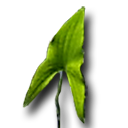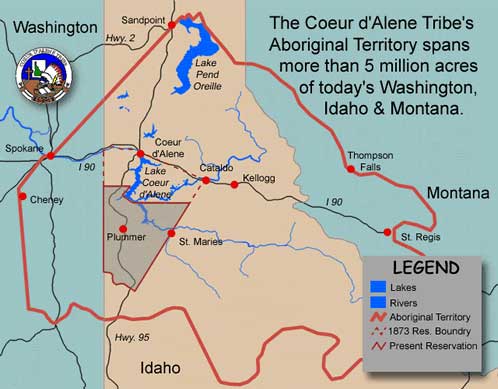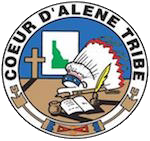The People and the Plant #1
The People. The Schitsu’umsh are an Indigenous people, with a Tribal enrollment of approximately 2,400 members, located on the Coeur d’Alene Reservation of Idaho, of 345,000 acres. The reservation was established in 1889, through an Executive Order Agreement with the federal government. The Coeur d'Alene Tribe continues to define and assert itself as a sovereign nation, providing for the educational, economic, health and social wellbeing for the entire community. The Coeur d’Alene have cultural and historical extensions onto “ceded lands” off the reservation, of approximately five million aboriginal acres of north-central Idaho and eastern Washington. Before contact with Euro-American influences, circa 1750s, the Schitsu'umsh numbered some 5,000. Their Interior Salish language and culture is shared with their neighbors and close relatives, the Flathead, Kalispel, Pend d'Oreille, and Spokane.
The term "Schitsu’umsh"literally means, “the ones that were found here,” in reference to their origin place, Lake Coeur d’Alene. The people are also referred to as the “Coeur d’Alene,” meaning “heart of an awl,” derived from the early French-speaking fur traders who found the Schitsu’umsh shrewd and aggressive traders, with hearts as sharp as an awl. One of these early traders described the Coeur d'Alene as the "greatest traders in the world."
As an Indigenous people, the Schitsu'umsh have had a long and intimate relationship with their lake-based, dynamic landscape, "since time immemorial," literally tens of thousands of years. It has been their "Indigenous" relationships that have given pulse to their Schitsu'umsh heart, the miyp untrammeled by external Western influences. In turn, it has been their hnkhwelkhwlnet heart that has allowed the Schitsu'umsh to successfully walk the diverse paths that have crisscrossed their landscape, many a path alien, only recently imposed.
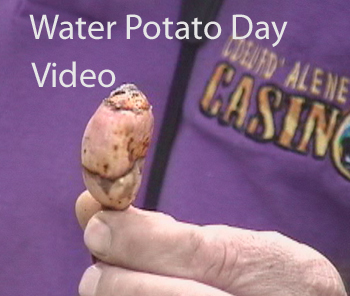
The root continues to be gathered each October by elders and the youth of the Tribe, in the wetlands associated with Chatcolet and Benewah Lakes (southern parts of Lake Coeur d’Alene), providing cultural identity and educational linkage to their traditional foods and ways of life, and to Lake Coeur d’Alene. To view a short video on the gathering of sqigwts, involving students from the Coeur d'Alene Tribal School and University of Idaho, go to WATER POTATO DAY VIDEO (recorded and edited by Frey 2001, video upgrade by PK Northcutt 2015, and originally published as part of the Schitsu’umsh: Lifelong Learning Online. 2002).
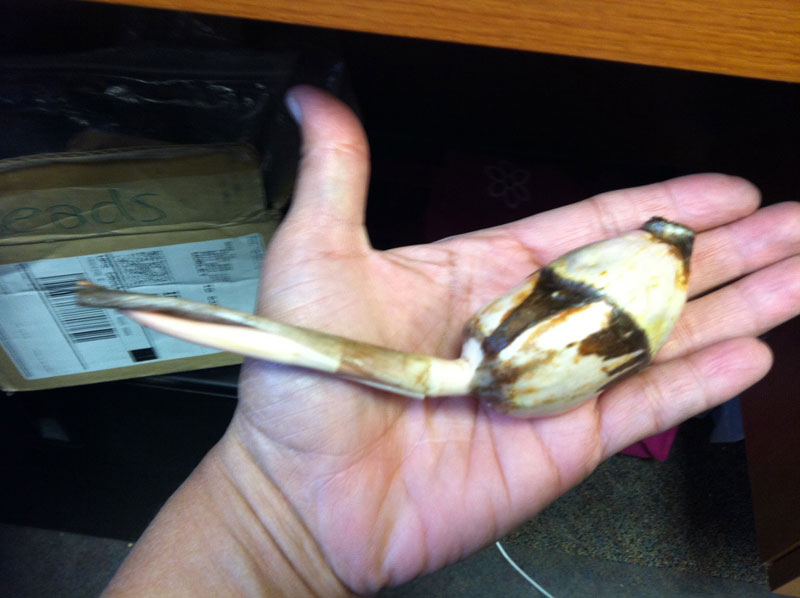
For information on the biology and ecology of the Sagittaria latifolia, see Lesson Plan: Science. For additional background on the Schitsu’umsh, their history and culture, see the Bibliography that accompanies this module, with reference to such works as Schitsu’umsh and Frey 2001 and 2002.
Copyright: Coeur d’Alene Tribe and University of Idaho 2015.
